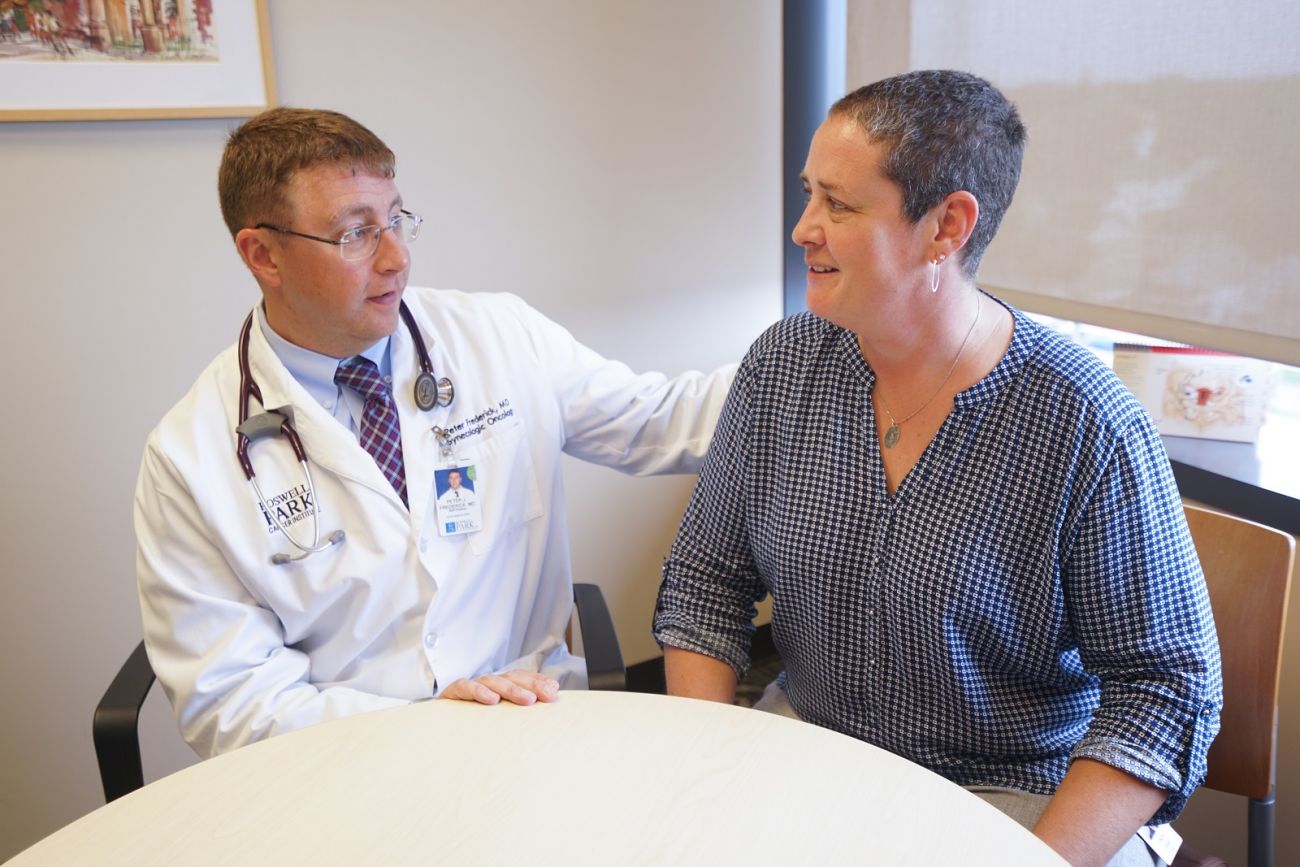Each year, over 50 million Pap tests are performed in the United States to screen for cervical cancer. During this simple test, a small sample of cells are scraped from the cervix and examined under a microscope to look for changes in the cells that may be early cancers or pre-cancers.
When a Pap test is abnormal
About 5% of all Pap tests will be abnormal, which means that the cell sample contains abnormal or atypical cervical cells. Healthy cervical cells are thin and flat. If your Pap test is abnormal, this means that your sample contained abnormally shaped cervical cells. Most of the abnormal cells found during a Pap test are the result of a cervical or vaginal infection and are not cancerous.
The HPV test is performed in the same way as the Pap test, scraping a small sample of cells from the cervix. However, these cells are analyzed for the presence of human papillomavirus (HPV) which causes most invasive cervical cancers. Gynecologists commonly use the Pap/HPV co-test which examines the cell sample for both irregular cells and HPV.
What are the next steps if HPV test is positive?
If you have an abnormal Pap test and/or positive HPV test results, your doctor may suggest one or more of the following procedures to rule out or confirm the presence of cancerous cells:
- Colposcopy. During this simple, minimally invasive procedure, the doctor takes a closer look at the cervix using a special instrument called a colposcope, which combines a bright light with a magnifying lens. If abnormal cells are found during a colposcopy, then a biopsy can be performed to determine whether these cells are cancerous or precancerous. A special stain is used during this procedure to increase the accuracy of the results.
- Biopsy. A small sample of tissue is removed from the cervix. A pathologist then checks this tissue under a microscope to confirm or rule out the possibility of cancer.
- Cone biopsy or LEEP (loop electrosurgical excision procedure). These procedures are also used to remove abnormal tissue from the cervix. These procedures can be both diagnostic and therapeutic, because they can fully remove any precancerous cells that are found. LEEP is usually performed in your doctor’s office with local anesthesia, whereas cone biopsy is done in the hospital with general anesthesia.
If cancerous or precancerous cells are found, your personalized treatment plan will depend on many factors, including your age and the degree of abnormality found in your cervical cells.
What is cervical dysplasia?
One abnormality we often find upon further testing is called cervical dysplasia (a short name for cervical intraepithelial neoplasia). This is a precancerous condition in which abnormal cells have begun to grow on the cervical lining. Dysplasia can range in severity from low to high. High-grade dysplasia can turn into cervical cancer over time, if not treated.
Fortunately, the progression from dysplasia to cervical cancer is usually quite slow (up to 10 years), and treatment can be highly effective during the early stages. There is a strong link between HPV infection and dysplasia, which is why we recommend routine HPV testing for women over 30.
Whether you come to Roswell Park for routine cervical cancer screening or a second opinion after an abnormal Pap test, we offer experience in cancer detection and treatment. If your Pap test or biopsy was taken at another location, our pathologists and cytopathologists will review the results. Remember, your doctor’s advice is only as good as the pathologist’s findings, so having an expert set of eyes on your test results ensures that you get an accurate diagnosis.
